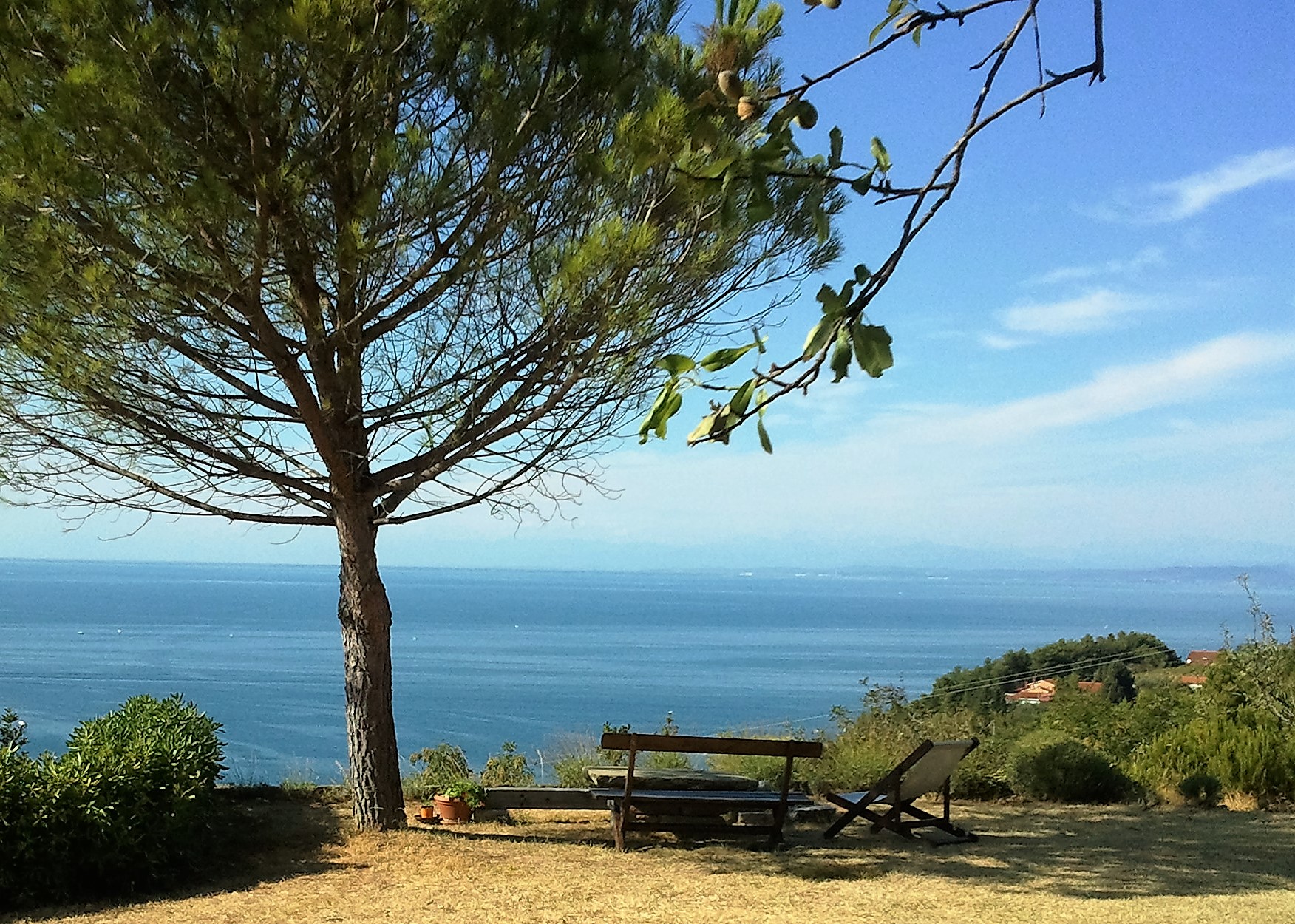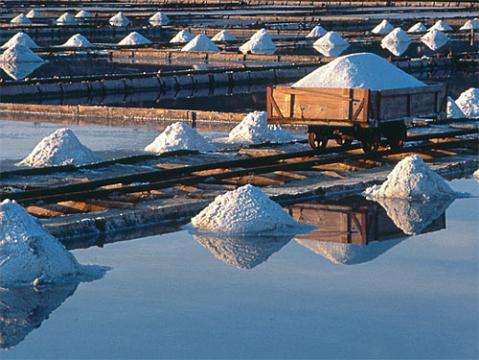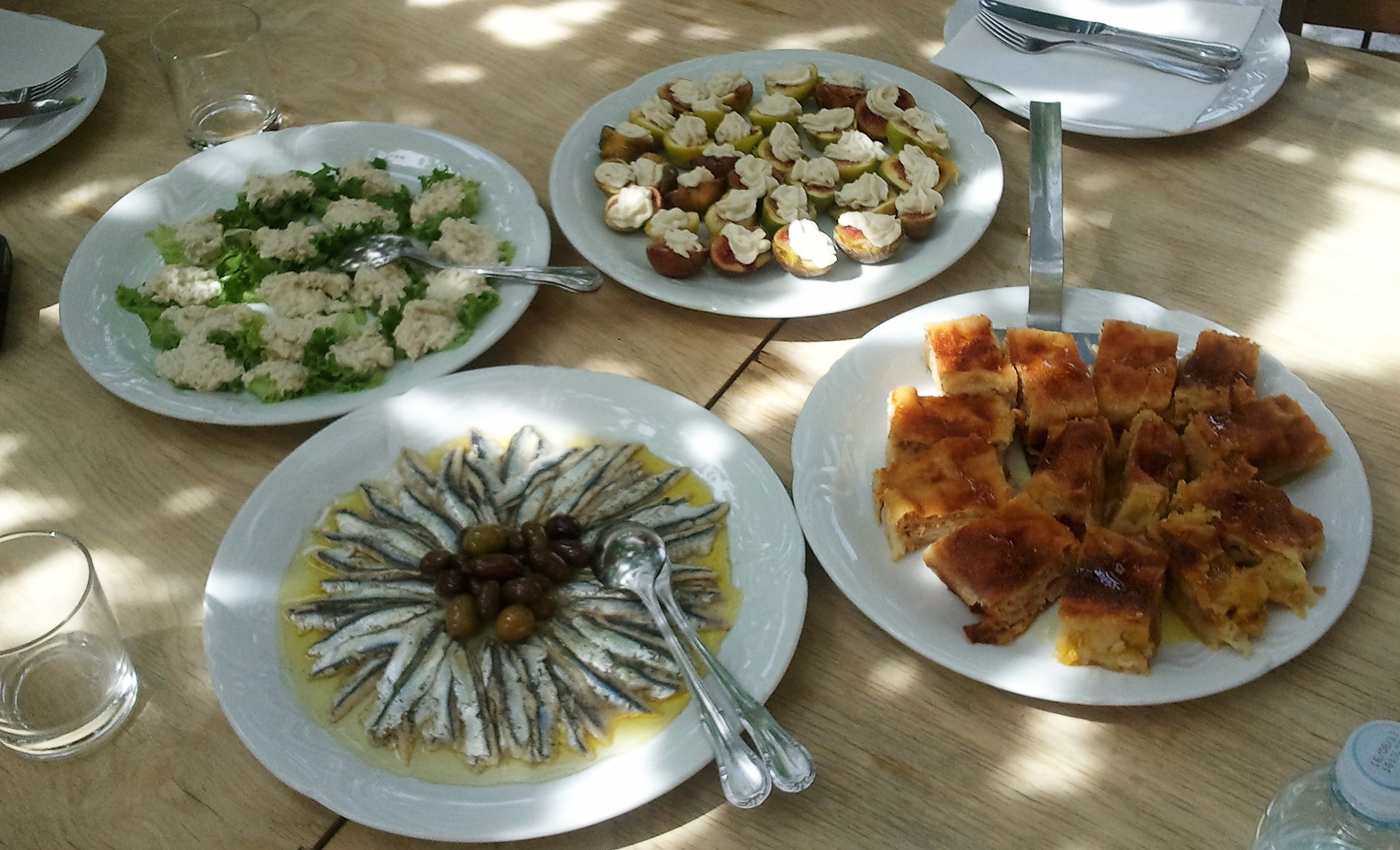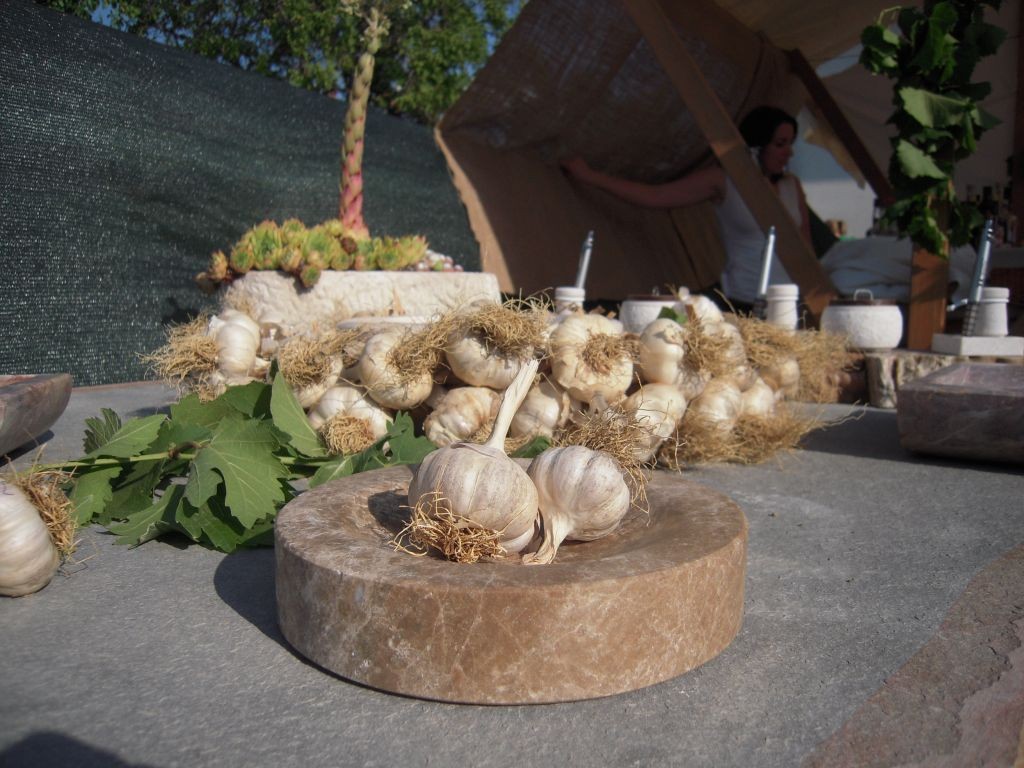Off the Beaten Track in Slovenian Istria
Slovenia’s Northern Istria is marked by salt, sun, rich soil, fresh breezes, and the colours and smells of the sea. Nestled at the top of Adriatic Sea, between Italy and Croatia’s more famous coastlines, the Istria has been at the crossroads of Slavic and Roman cultures for millennia.
Just beyond the leisurely bustle of the historic coastal towns of Piran, Portorož, Izola and Koper, the hill country is rarely explored by visitors and the rhythms of life remain in tune with the seasons and proud traditional livelihoods. With a time-honoured reputation for healthful living, the region offers experiences, activities and nourishment that leave you feeling vibrant and healthy.

Inspirations from Kozina Homestead
Touch of Salt, Sea and Art
Salt production has shaped the landscapes of northern Istria for centuries, from Croatia to Venice. Today, few remain visible, and the Sečovlje salt pans are the only ones that have continued to produce salt using traditional methods for over 700 years. Merging modern design and tradition, Sečovlje Salina has created several successful lines of salt products that are used by chefs in the most renowned restaurants around the world. It’s fun to hear and touch the stories of the salt pans, participate in the salt-makers’ good-luck ritual, and collect salt from salt pans in the traditional way.

Sečovlje Salt Pans; Photo: Soline, Pridelava soli
For a bit of afternoon decadence, enjoying a leisurely lunch with Maršič family is recommendable. They prepare food with ingredients that come from nearby gardens and local farmers. With passion, they create traditional dishes with a modern interpretation. Tastes and aromas of the sea, olives, orchards, herbs, and vegetable gardens seem to be so pure.

Delicious and Simple Istrian Gastronomy
Nearby Forma Viva sculptures are a great place to end the day, gazing over a hauntingly beautiful view of the sea and salt pans that have inspired artists for centuries.
Days in Communion with Nature
Several families in Slovenian Istria embody the values of sustainable living, working in harmony with natural systems and in respect for the earth. Exploring their bountiful gardens and orchards and taste the fruits of their land including teas made from cultivated and wild herbs, jams and spreads, and other goodies, is a unique experience. Many of these farm fresh delicacies rarely appear on modern menus and are almost completely forgotten outside the rural areas.
Garlic and Olive Trees
Celebration of Istrian soil which gives birth to the irresistible flavors and aromas of the Mediterranean may take several days here. In a typical Istrian clustered village of St. Peter, it is interesting to visit the Tonina House, a traditional stone building that houses a fascinating ethnological collection of everyday Istrian life up through the middle of the 20th century. From there you can find your way through olive groves, garlic fields, and the cultural landscapes of the countryside and look for Krkavče village, known for mystical energy stones and an ancient church which stands on a rock.
Nova Vas (New Village), named after all of the original inhabitants died from the plague, is something special, too. It was built along with a garlic tower to honor its famous garlic production. Istrian red garlic is known to be very aromatic and healthful. It is said that this is the village with a most powerful breath, and that it was widely avoided by Count Dracula, when he traveled to the West.

Istrian Garlic; Photo: Slomedia
It’s time for olive oil! Munda Family Farm is renowned for its premium Istrian olive oil, produced using traditional organic methods. The owners, Tatjana and Vlado Munda, create original olive-based recipes: chocolate with olives, jam made of olives, polenta (corn meal) with olives and whatever new dishes they have concocted.
In the old Roman Empire only Istrian olive oil was of high enough quality to be used in food preparation. Most olive oil came from Mediterranean regions further to the south and was used as massage oil or lamp and torch oil. At that time quality olive oil and wine were status symbols that signaled cultural superiority. Both were also known for their healing properties.
Persimmon, Golden Fruit Gardens
In November, picking ripe persimmons from the orchards at Silvano Knez farm is a memorable experience. Silvano is one of the founders of the famous Persimmon (‘kaki’) Festival of Strunjan which attracts over 15,000 people. The popularity of this festival dramatically increased demand and brought an end to the uncertainties of persimmon production in the region – ‘kakis’ became the golden fruit again.
Special thanks to Kelli Rose Pearson!
